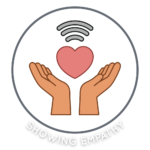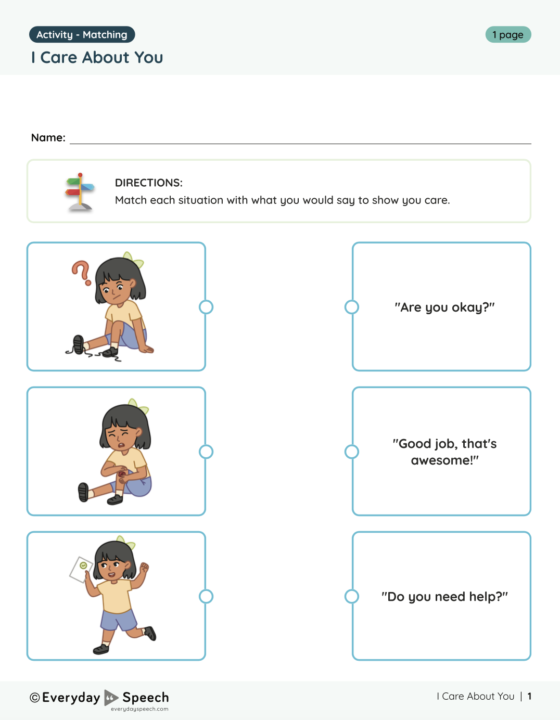
In the vibrant world of preschool, where every day is an adventure filled with new discoveries and learning, teaching the fundamental value of empathy is as crucial as learning the alphabet or numbers. Empathy, the ability to understand and share the feelings of another, is a key social skill that benefits children throughout their lives. This blog post provides teachers with an engaging ‘Teaching Empathy Worksheet’ for Preschoolers. This activity aims to encourage preschoolers to express care and understanding towards others, laying the groundwork for a lifetime of empathy and kindness.
Understanding Empathy in Preschoolers
Before diving into the lesson plan, it’s important to recognize that preschoolers are at the beginning of their social and emotional development journey. Teaching empathy at this stage involves guiding them to recognize their own emotions, as well as those of others, and responding with kindness and care.
Lesson Plan Overview
Objective: To introduce preschoolers to the concept of empathy by teaching them how to express care and concern for others through simple phrases and actions.
Materials Needed:
- Teaching Empathy Worksheet for Preschoolers
- Crayons or markers
Activity Duration: 20-30 minutes
Activity Instructions
1. Introduction to Empathy (5 minutes)
Start with a short discussion on empathy by explaining it in simple terms that preschoolers can understand. For example, “Empathy is when we understand how someone else is feeling and show them we care.”
2. Exploring the “I Care About You” Activity (15 minutes)
Introduce the “I Care About You” activity. Each sheet contains visuals depicting different scenarios, such as a child looking sad or a peer in need of help. Next to each visual, there are three phrases the children can match to the scenario:
- “Are you okay?”
- “Good job!”
- “Do you need help?”
Guide the children in discussing what each visual represents and how the person might be feeling. Then, help them match the appropriate phrase to each scenario.
3. Role-Playing (10 minutes)
After completing the worksheets, engage the children in role-playing exercises based on the scenarios they’ve just worked on. This helps reinforce the lesson and gives them a chance to practice expressing empathy in real-life situations.

No-Prep Activity Ideas
To extend the learning and reinforce the concept of empathy, here are some simple, no-prep activity ideas:
- Emotion Charades: Children take turns acting out different emotions while their peers guess the emotion and think of ways to show empathy.
- Storytime: Read a book that highlights empathy and discuss the characters’ feelings.
- Empathy Circle: Create a circle where each child shares a time they felt sad, happy, or angry, and the group shows empathy by listening and responding with caring phrases.
Unlock your free material for this lesson by signing up for your free trial today – no credit card required!
Get your free materials here!
Instant access to thousands of no-prep social skills activities, over 800+ video lessons, and engaging games designed to enhance learning and development.
Conclusion
Empathy is a powerful tool in the development of social and emotional skills in young children. By implementing the “I Care About You” activity in your preschool classroom, you provide your students with the opportunity to learn and practice empathy in a tangible and impactful way. This simple, yet effective lesson plan not only teaches children to recognize and respond to the emotions of others but also nurtures a classroom environment of care, understanding, and mutual respect. Let’s empower our preschoolers to become empathetic individuals who lead with kindness and compassion.
Sample Video
Students learn best from watching real students their own age model skills. Try out this sample video lesson. We offer our entire Social-Emotional Learning platform free for 14 days here!
Related Blog Posts:
Teaching Problem-Solving Skills through Social-Emotional Learning
Teaching Preschoolers Patience with Waiting Strategies
How to Support SEL for Preschoolers

